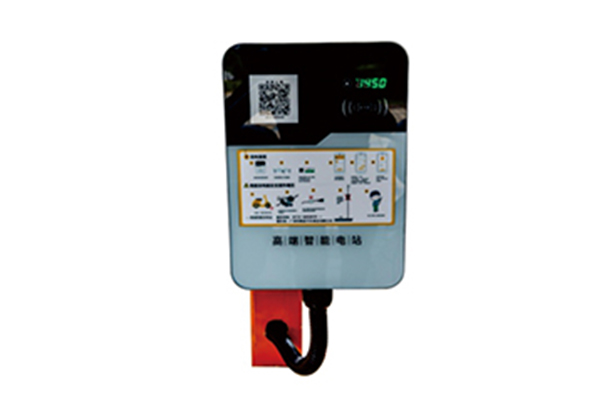Nanning Electric Vehicle Maintenance Factory
The control circuit of the electric vehicle charging pile (plug) is mainly completed by the embedded ARM processor. Users can swipe their cards to carry out user authentication, balance query, billing query and other functions, and can also provide voice output interface to achieve voice interaction. The user can select four charging modes according to the indication of the LCD screen: charging on time, charging according to the quantity of electricity, automatic charging, charging according to the mileage, etc. The electric vehicle charger controller and concentrator use CAN bus for data interaction, and the concentrator and server platform use wired Internet or wireless GPRS network for data interaction. For security reasons, the electricity billing and amount data are encrypted securely.
Nanning Electric Vehicle Maintenance Factory
The increase of power battery capacity of new energy vehicles: the fast charging performance of the power battery determines the ceiling of the fast charging pile. The development of DC fast charging pile requires the cooperation of the power battery. At present, battery manufacturers such as Ningde Times and BYD are trying to improve the energy density of batteries to enhance the endurance. In 2020, the energy density of new pure electric passenger vehicles has basically exceeded 150Wh/kg, and the average endurance mileage has exceeded 400km. The improvement of the endurance mileage of new energy vehicles has improved the practicability of high-power DC public piles, and accelerated the preference of vehicle owners for DC piles, which is the key reason why DC piles will become the choice direction of public piles in the future.
Nanning Electric Vehicle Maintenance Factory
At present, solar cells are divided into several types according to the raw materials, structures and manufacturing methods used. Among them, crystalline silicon solar cells mostly refer to monocrystalline silicon solar cells and polycrystalline silicon solar cells using silicon semiconductor substrates as raw materials; In addition, there are amorphous silicon solar cells, which are made by evaporating amorphous silicon on glass substrates rather than silicon substrates based on the same film preparation method as liquid crystal panels. Monocrystalline silicon solar cells form solar cells on monocrystalline silicon substrates, and there are also products with conversion efficiency up to about 20%, which have excellent performance and reliability. However, the price of silicon substrate as raw material is expensive, and the power generation cost per watt is high. Although the conversion efficiency of polycrystalline silicon solar cells is lower than that of monocrystalline silicon solar cells, they have the advantage of relatively low cost.

Nanning Electric Vehicle Maintenance Factory
With the gradual maturity of the entire new energy vehicle industry chain and the gradual release of market demand, the industry is about to erupt in 2018, but the problems of insufficient structural supply of charging infrastructure and the overall scale lag are increasingly prominent. It is urgent to make up for shortcomings and accelerate the construction of supporting infrastructure such as charging piles. How can we solve the problem of insufficient structural supply of charging infrastructure? Is there any successful case of innovative practice worth learning? There is a big gap in the charging pile. Under the global environment of resource conservation and green economy development, new energy vehicles are developing very rapidly. As the power guarantee of new energy vehicles, the charging pile is highly concerned by all circles. It can be said that the construction of charging infrastructure is one of the key factors affecting the promotion of new energy vehicles in China, and is more related to the development prospects of new energy vehicles.







